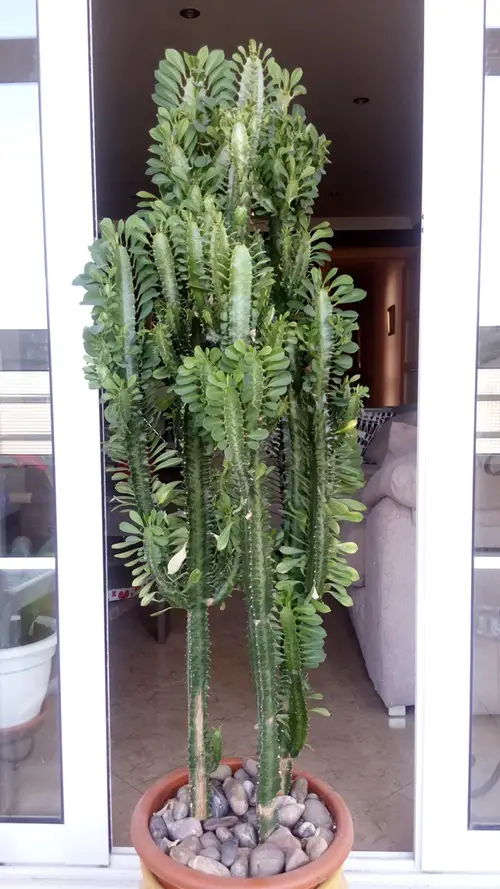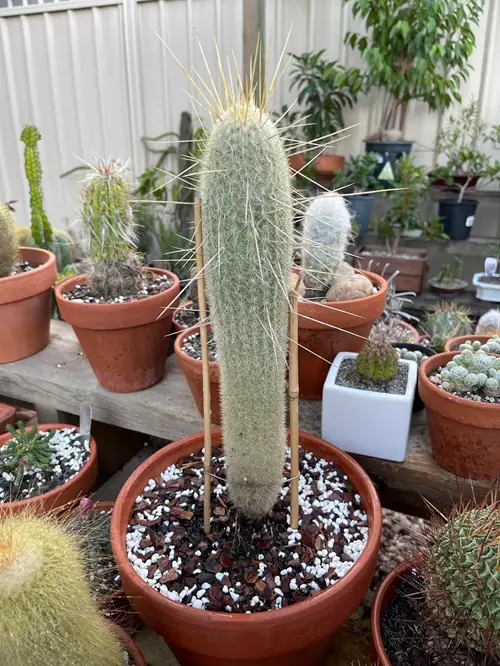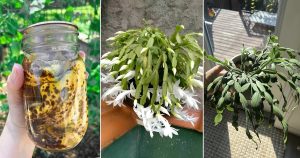Do you ever wonder how does cactus get energy? Well, there are some reasons that they have a spring in their steps—let’s find out!
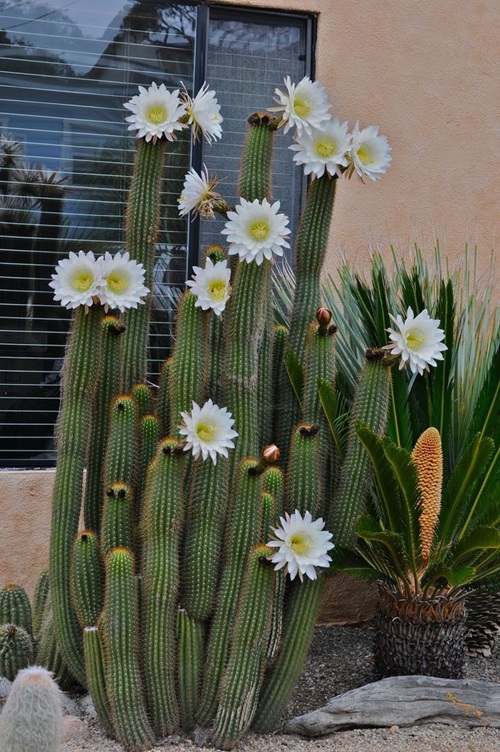
Cacti are among the most versatile plants and thrive well in arid conditions. Unlike leafy plants that use their leaves to undergo photosynthesis, cacti have a different way of performing this that minimizes water loss and helps produce energy. Read along to learn more!
How Do Plants Get Energy?
First of all, let us understand what form of energy plants require and how they get it! Basically, all plants get energy from photosynthesis. A process that takes place in plants, which converts the sun’s energy into glucose and oxygen with the help of chlorophyll present in the leaves. This glucose is stored and used for performing all activities by green plants.
Now the question is whether this applies to Cacti or not. Because cacti do not have leaves, will they perform it? So, cacti have adapted by reducing their leaves to spines, shifting the photosynthesis process to their stems. Well, break down this process into simple points for you!
How Does Cacti Get Energy?
These desert-dwelling plants have evolved a range of adaptations that allow them to withstand high temperatures, low water availability, and nutrient-poor soils. Similarly, to perform photosynthesis (to produce energy) cacti have adopted certain changes in them. Let’s discuss how they perform the process of preparing food.
1. Photosynthesis—Preparation of Food and Energy
So cacti do not have flat leaves for photosynthesis, but the catch here is their evolved spines which do the job! Instead of leaves, cacti use their stems for photosynthesis. At night, they take in carbon dioxide and store it as malic acid, which is converted back to CO2 during the day for photosynthesis.
2. Succulent Stems
One of the most noticeable features of cacti is their succulent stems. All of these stems are in fact reservoirs that help the plant to thrive throughout the drought period.
Again, the thick, waxy outer layer of the stems, known as the cuticle, helps to prevent water loss through evaporation. Additionally, the stems are filled with spongy tissue that can expand when water is available and contract when there isn’t. This helps in storing water!
3. Presence of Spines
The spines again help to reduce water loss through transpiration and provide shade that helps the plant keep its surface temperature lower. It also helps to keep away desert herbivores from feeding on the cacti.
4. Adaptable Roots
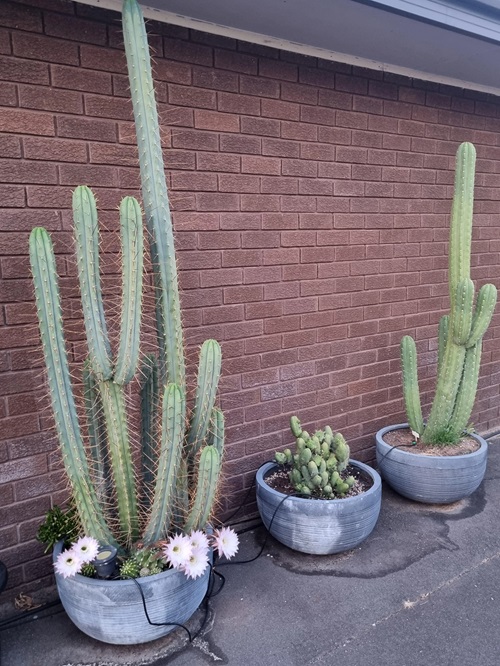
Just like the modified leaves, cacti have also developed a specialized rooting system to survive in arid conditions. Their roots are shallow and widespread vigorously to absorb any rainfall or water resources available.
Again, the roots of some cacti have a symbiotic relationship (mutually beneficial association) with mycorrhizal fungi, which help enhance the plant’s ability to absorb nutrients, particularly phosphorus.
5. CAM Photosynthesis
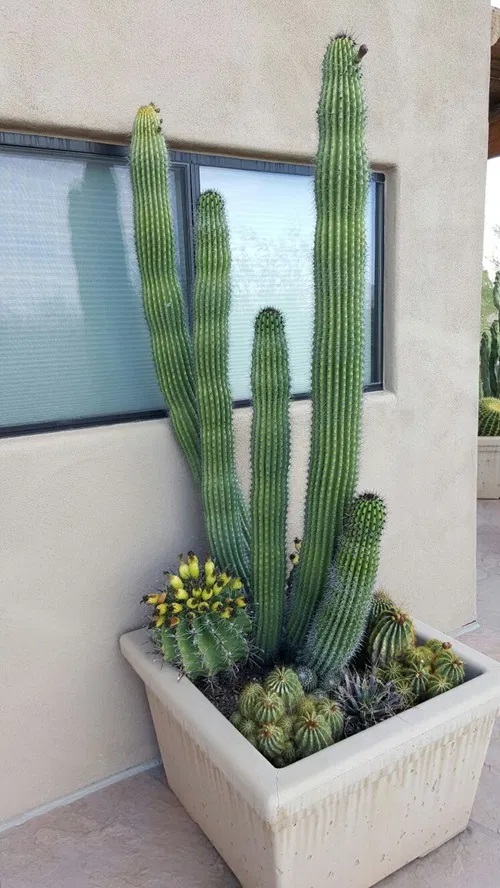
There are three different pathways in which photosynthesis can occur, known as C3, C4, and CAM. From the rest, CAM photosynthesis takes place in places with high temperature/low water availability like in arid conditions.
Through this, cacti can efficiently use sunlight to convert carbon dioxide and water into glucose while minimizing water loss. So, they are often referred to as CAM plants too. They take in carbon dioxide during the night hours and in the day they convert this CO2 directly into sugars or store it for the next day’s metabolism.
Fun Fact: CAM plants include many succulents of the families Cactaceae, Agavaceae, Crassulaceae, Euphorbiaceae, Liliaceae, Vitaceae (grapes), Orchidaceae, and Bromeliads.
So now you know a very important process of your plants. We hope with this information you will be able to understand them and care better. Also, when in any doubt write to us and we are always ready for an insightful conversation!


